Why Grease Builds Up on Stainless Steel Surfaces
Grease is a natural byproduct of cooking. Whether it’s splattering oil from a frying pan or steam rising from sautéed vegetables, airborne grease particles quickly find their way to nearby surfaces—including stainless steel.
Once there, grease combines with dust and heat to form a sticky, hard-to-remove film. Over time, this residue becomes baked-on grime, which not only looks unsightly but can dull the stainless steel’s finish.
Common hotspots include:
- Range hoods
- Backsplashes
- Oven doors
- Cookware exteriors
- Refrigerator handles
Is Grease Harmful to Stainless Steel?
Yes—if left uncleaned. While stainless steel is corrosion-resistant, it’s not impervious to the effects of neglected grease:
- Traps bacteria and dust
- Creates a sticky film that’s hard to clean
- Oxidizes surface over time, especially near heat
- Causes discoloration or rainbow streaks
Proper and regular cleaning protects both functionality and appearance.
Types of Stainless Steel in the Kitchen
Understanding what type of surface you’re dealing with is key to choosing the right cleaning method.
| Surface | Typical Grease Exposure | Cleaning Consideration |
|---|---|---|
| Cookware | High heat, direct oil contact | Needs scrubbing and polishing |
| Appliances | Light contact (fingers, splatter) | Streak-free finish needed |
| Range Hoods | Constant airborne grease | Degreasing and rinsing required |
| Backsplashes | Oil splatter, steam | May need vinegar-based solutions |
| Grills/Griddles | High-heat carbonized grease | Heavy-duty degreasers needed |
Tools and Products You’ll Need for Grease Cleaning
Essentials:
- Microfiber cloths (lint-free)
- Non-abrasive sponges
- Dish soap (degreasing)
- White vinegar
- Baking soda
- Rubbing alcohol
- Commercial stainless steel cleaner
- Mineral oil or conditioning polish
Optional Tools:
- Soft-bristled brush
- Spray bottle
- Razor scraper (for burnt-on gunk)
Safety Tips Before Cleaning Stainless Steel
- Always wipe in the direction of the grain to avoid micro-scratches.
- Test cleaning products in a hidden area first.
- Ensure ventilation when using chemicals.
- Avoid chlorine bleach and harsh acidic cleaners.
- Use gloves to protect your skin.
Step-by-Step: Daily Grease Cleaning Routine
Maintaining stainless steel is easiest when cleaned before buildup hardens.
Daily Steps:
- Mix warm water and a drop of dish soap in a spray bottle.
- Spray onto the surface and let sit for 1–2 minutes.
- Wipe gently with a microfiber cloth along the grain.
- Dry immediately to prevent water spots.
- Apply a drop of mineral oil weekly to polish.
This method prevents layered grease films, keeping surfaces shining.
Method 1: Dish Soap and Hot Water (Basic Cleaning)
Best for fresh grease that hasn’t baked on yet.
Instructions:
- Fill a bowl with hot water and add a few drops of dish soap.
- Dip your sponge or cloth and wring out.
- Wipe affected areas, using firm pressure for stubborn spots.
- Rinse with clean water.
- Dry thoroughly with a microfiber towel.
Method 2: Vinegar and Water Solution
White vinegar cuts through grease and also neutralizes odors.
How to Use:
- Mix equal parts vinegar and warm water in a spray bottle.
- Spray directly on the greasy surface.
- Let it sit for 5 minutes.
- Wipe with a microfiber cloth.
- Rinse with water and dry.
⚠️ Do not use on marble or stone surfaces—vinegar is acidic.
Method 3: Baking Soda Paste for Tough Grease
Baking soda acts as a natural, non-scratch abrasive.
Steps:
- Mix 3 tablespoons baking soda with 1 tablespoon water.
- Spread the paste on greasy spots.
- Let sit for 15–20 minutes.
- Gently scrub with a sponge.
- Wipe with a damp cloth and dry.
This method is perfect for exterior cookware bottoms and around stovetops.
Method 4: Commercial Degreasers (Heavy Build-Up)
When DIY isn’t enough, choose a kitchen-safe degreaser formulated for stainless steel.
Top Picks in 2025:
- Krud Kutter Kitchen Degreaser
- Weiman Stainless Steel Cleaner & Polish
- Zep Heavy-Duty Degreaser
Usage:
- Spray degreaser onto cool surface.
- Let sit for the product’s recommended time.
- Wipe with a non-abrasive sponge.
- Rinse and dry.
Always read the label and avoid oversaturation.
Method 5: Rubbing Alcohol or Acetone for Oily Film
Sometimes, greasy fingerprints or a slick film remain even after cleaning. In such cases, rubbing alcohol or acetone can help dissolve these oils without damaging stainless steel.
Steps:
- Apply a small amount of rubbing alcohol (isopropyl) or acetone to a soft cloth.
- Gently wipe the greasy surface in the direction of the grain.
- Buff dry immediately with a clean microfiber cloth.
This method works exceptionally well on:
- Refrigerator doors
- Microwave exteriors
- Oven knobs and control panels
⚠️ Use acetone in well-ventilated areas and test in an inconspicuous spot first.
Removing Grease from Stainless Steel Cookware
Cleaning cookware, especially the underside and edges, requires more elbow grease and heat-resistant methods.
Steps for Cookware:
- Soak the pan in hot water with dish soap for 30 minutes.
- Scrub with a non-scratch sponge or baking soda paste.
- For heavy carbonized grease, use a nylon scraper or a soft steel wool pad.
- Rinse thoroughly, then boil water in the pan to remove any remaining residue.
- Dry and polish with a drop of cooking oil if desired.
Avoid harsh abrasives on brushed stainless interiors to prevent pitting and micro-scratches.
Cleaning Stainless Steel Appliances Without Streaks
Streak-Free Cleaning Tips:
- Always wipe with the grain of the stainless steel.
- Use dry microfiber cloths to buff the surface after cleaning.
- Avoid air-drying—water spots create streaks.
- Finish with a drop of olive oil, baby oil, or commercial polish to bring back shine.
Pro tip: A second, dry cloth is essential for removing moisture and buffing out streaks after the initial wipe-down.
Avoid These Common Cleaning Mistakes
Even well-intentioned cleaning can damage stainless steel if done incorrectly.
❌ Don’t Use:
- Steel wool or scouring pads: Scratches the surface and dulls the finish
- Chlorine bleach: Corrodes stainless steel and weakens the protective layer
- Abrasive powders: Especially dangerous to brushed or mirrored finishes
- Cleaning against the grain: Can cause streaking and micro-damage
Always double-check cleaning labels—“multi-surface” doesn’t always mean “stainless safe.”
Polishing and Protecting Stainless Steel After Cleaning
After degreasing, polishing your stainless steel ensures it stays looking like new and adds a protective layer.
How to Polish:
- Apply a few drops of mineral oil, baby oil, or specialized polish to a clean cloth.
- Wipe in long, even strokes following the grain.
- Buff with a second dry cloth to remove excess.
Recommended Polishes:
- Therapy Stainless Steel Cleaner & Polish
- 3M Stainless Steel Cleaner
- Howard Natural Stainless Steel Cleaner
Polishing not only enhances appearance—it also repels dust, fingerprints, and minor grease.
How to Prevent Grease Build-Up Long-Term
✅ Best Practices:
- Clean daily or after heavy cooking to prevent hardened buildup
- Use a splatter screen on pans when frying
- Ensure proper kitchen ventilation or use of exhaust fans
- Wipe down nearby surfaces while cooking
- Cover pots or pans when boiling greasy ingredients
Prevention saves you time and reduces the need for chemical-based degreasing later.
Best Stainless Steel Cleaners and Degreasers in 2025
| Product | Type | Best For | Pros |
|---|---|---|---|
| Weiman Stainless Steel Cleaner & Polish | Spray | Appliances, fridge doors | Streak-free, polishes and protects |
| Krud Kutter Kitchen Degreaser | Spray | Range hoods, cooktops | Non-toxic, dissolves stubborn grease fast |
| Bar Keepers Friend Soft Cleanser | Liquid/cream | Cookware exteriors, sinks | Mild abrasive, great for tough grease |
| Therapy Stainless Steel Cleaner | Spray + cloth set | All stainless surfaces | Plant-based, includes polish and microfiber |
| Zep Heavy-Duty Degreaser | Professional grade | Commercial kitchens, restaurant-grade gear | Powerful on thick, baked-on grease |
Choose the product that matches the intensity of your cleaning task and the sensitivity of your surface.
FAQs: How to Clean Grease from Stainless Steel
1. Can I use vinegar on stainless steel every day?
Yes, vinegar is safe for daily use on most stainless steel—just avoid it on granite, marble, or porous stone nearby.
2. What is the best homemade stainless steel cleaner for grease?
A 50/50 vinegar and water mix, or a baking soda paste for tougher grease, are the top DIY options.
3. Is it okay to use dish soap and water for stainless steel?
Absolutely. Dish soap is gentle and effective for daily grease removal.
4. How do I keep my fridge door fingerprint-free?
Use a microfiber cloth and a dab of baby oil or a stainless steel polish once a week.
5. Can I use Windex or glass cleaner on stainless steel?
Only ammonia-free versions are safe. Avoid standard Windex, which can streak or damage finishes over time.
6. What’s the best way to clean a greasy oven door?
Use baking soda paste or a degreaser, followed by a polish after drying.
7. Does WD-40 remove grease from stainless steel?
It can, but it’s not food-safe. Use dedicated stainless steel products in kitchen environments.
Conclusion
Grease is an inevitable part of cooking—but with the right techniques and regular maintenance, stainless steel can stay spotless, sanitary, and beautiful.
By understanding the type of steel surface, choosing the correct cleaning method, and avoiding common pitfalls, you can eliminate grease build-up without damage. From everyday dish soap routines to deep degreasing with professional products, this guide empowers you to tackle any mess.
✅ Final Takeaways:
- Identify the type of surface and level of grease.
- Start with the least aggressive method and escalate as needed.
- Always follow the grain and dry your surfaces completely.
- Polish occasionally to maintain shine and grease resistance.
With consistent care, your stainless steel surfaces will remain a shining star in your kitchen for years to come.
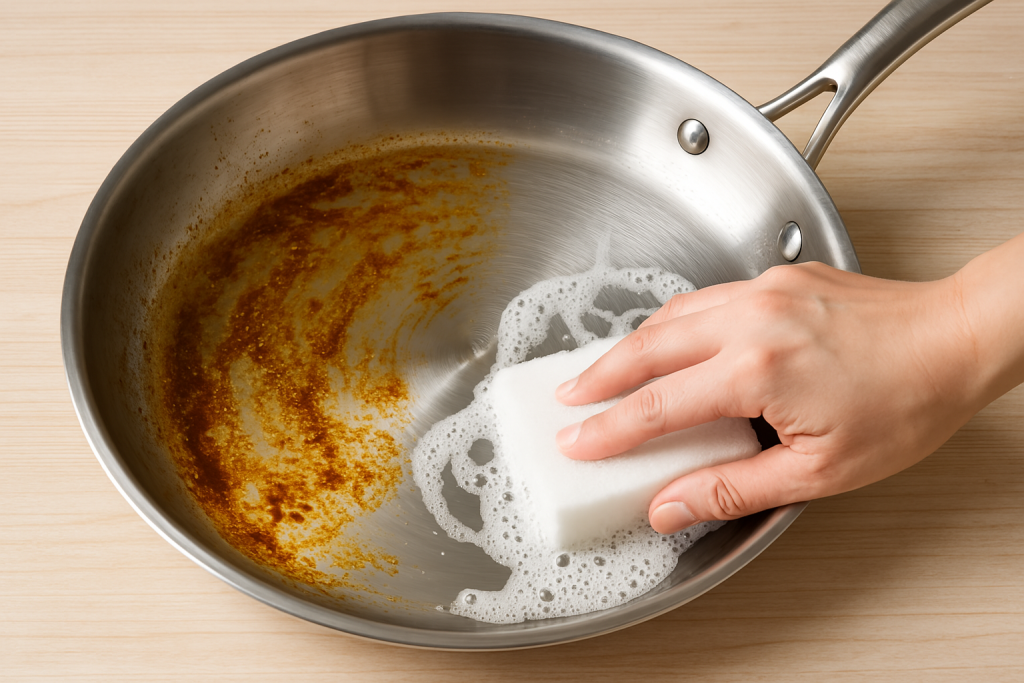

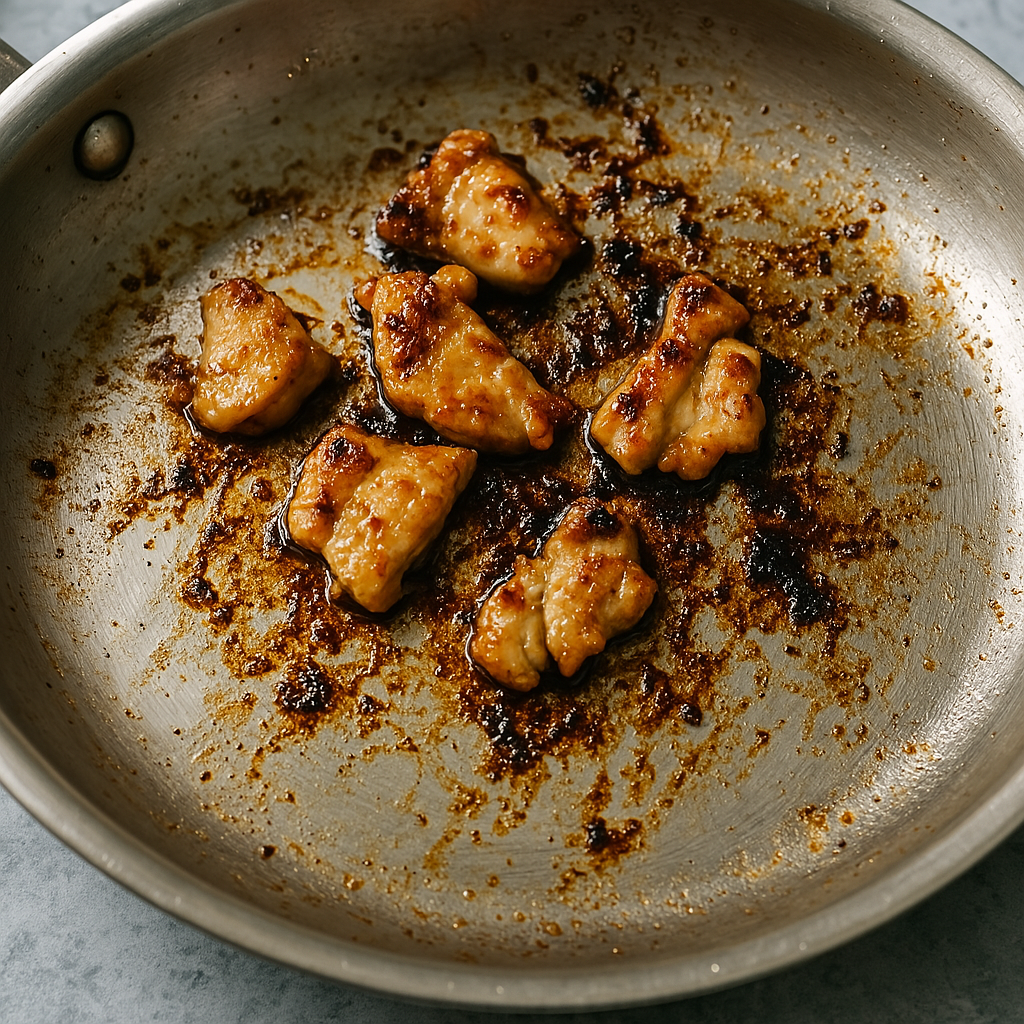
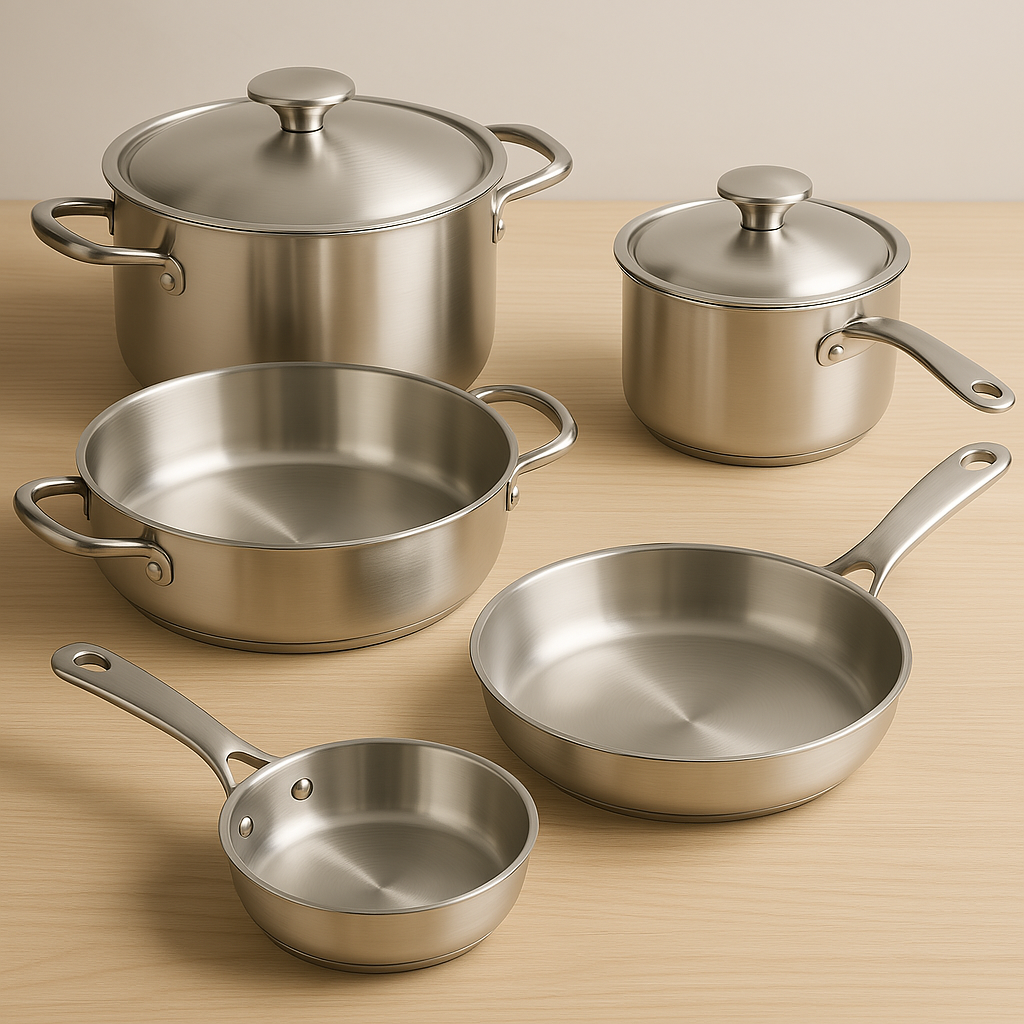
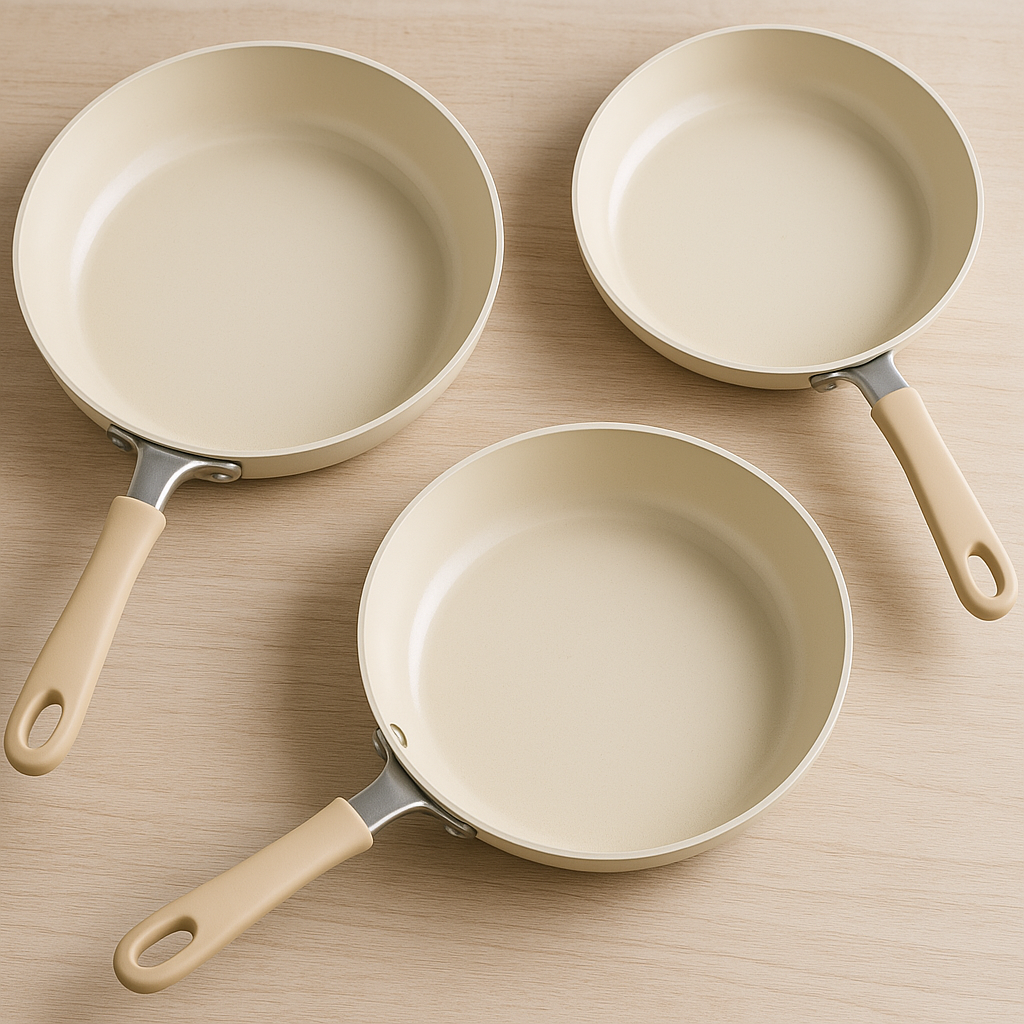
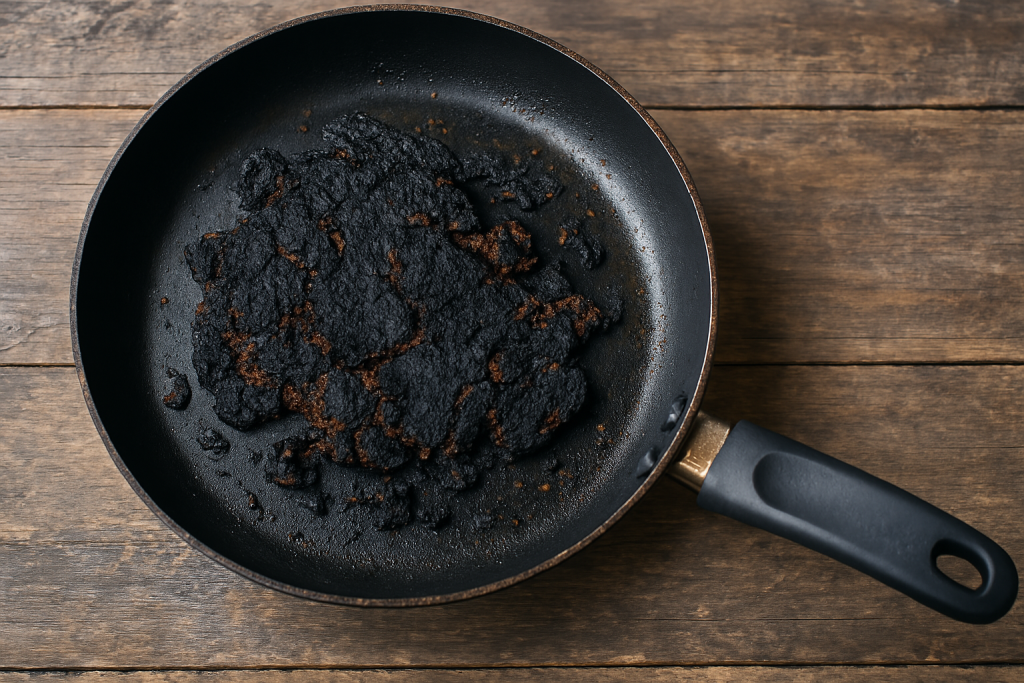
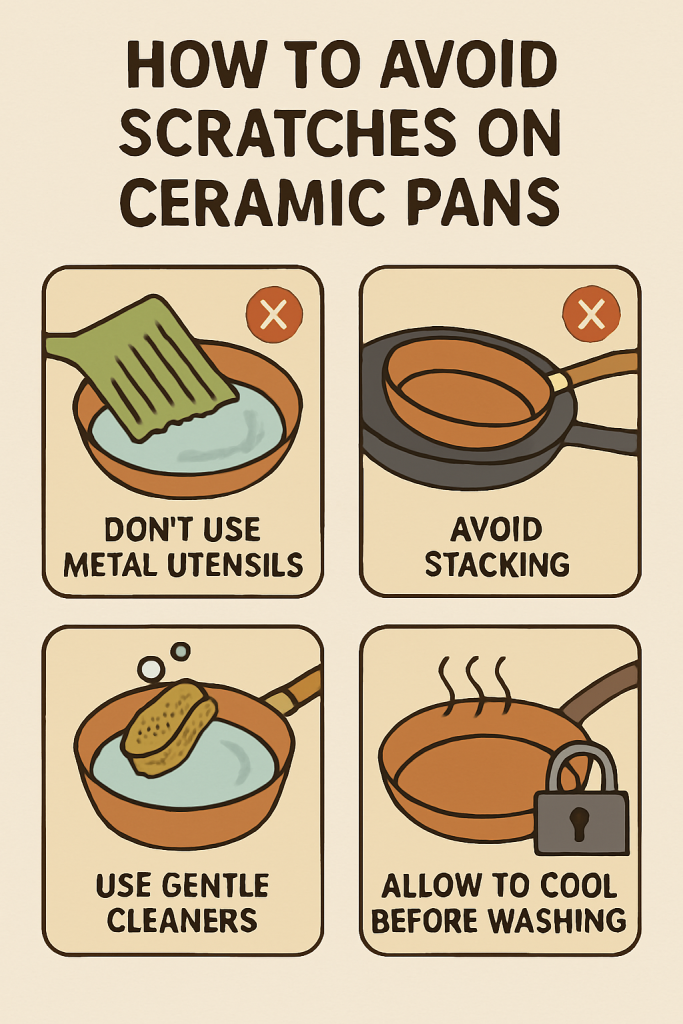
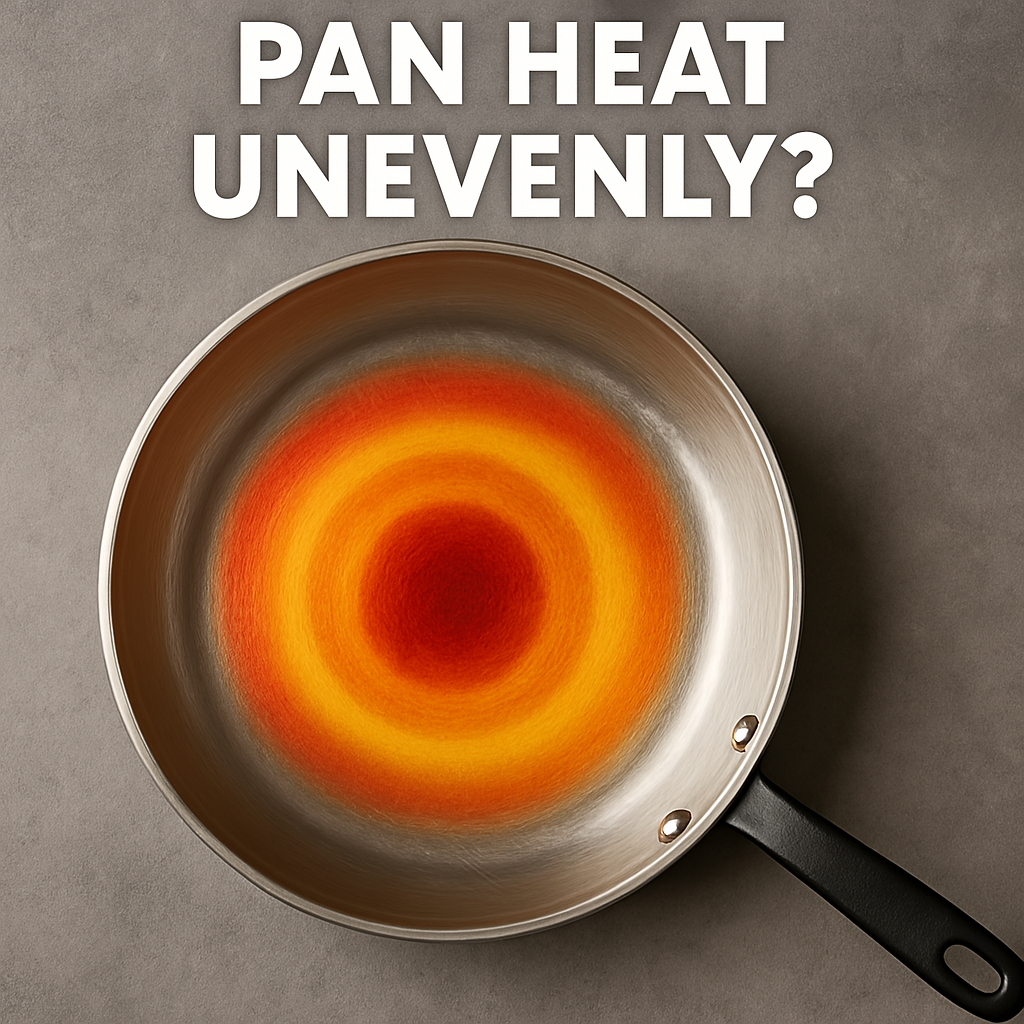
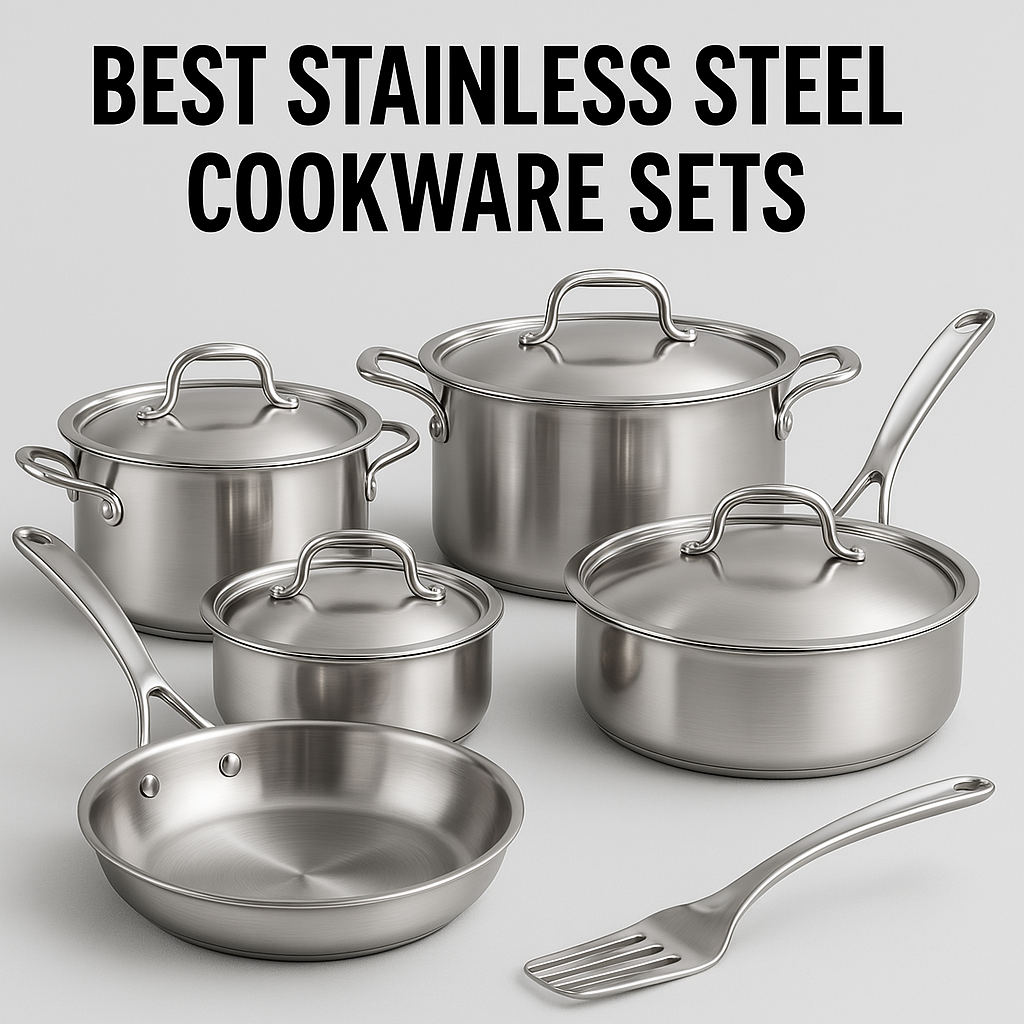
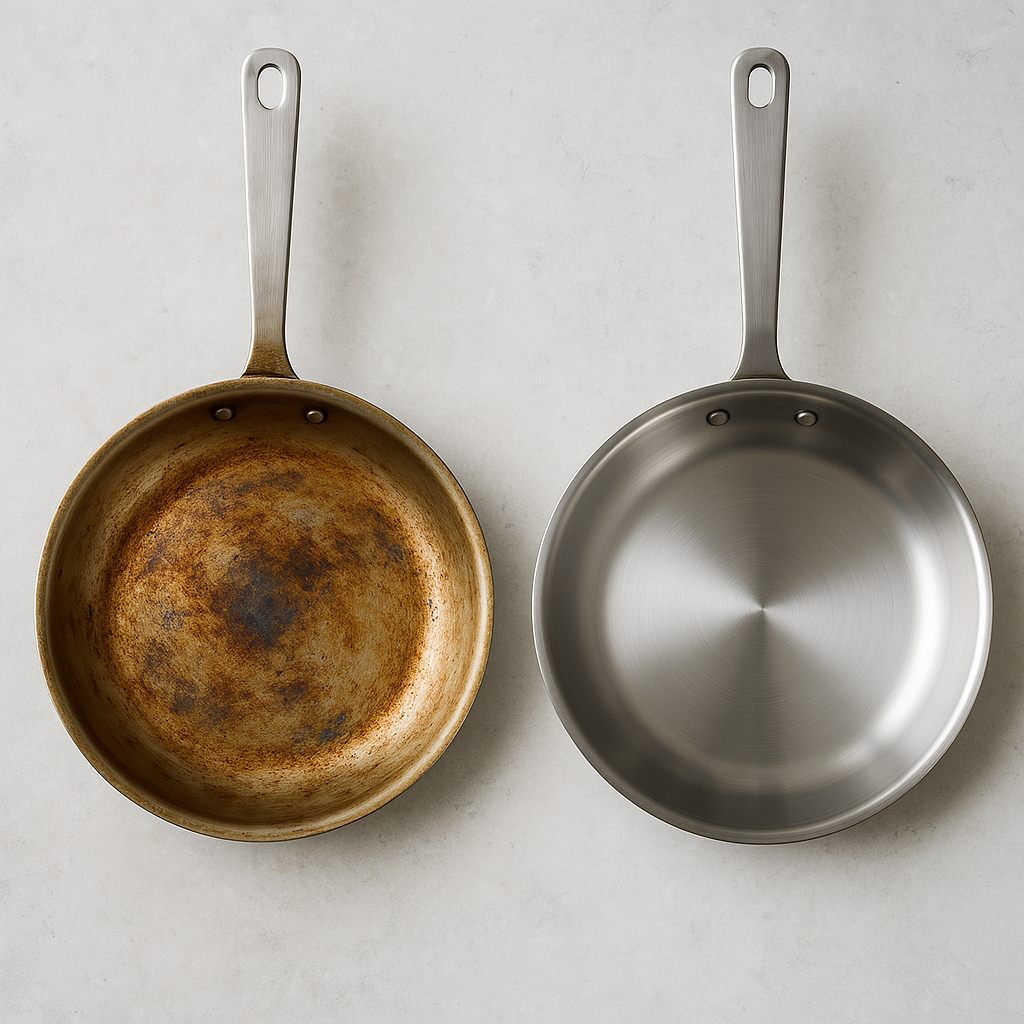
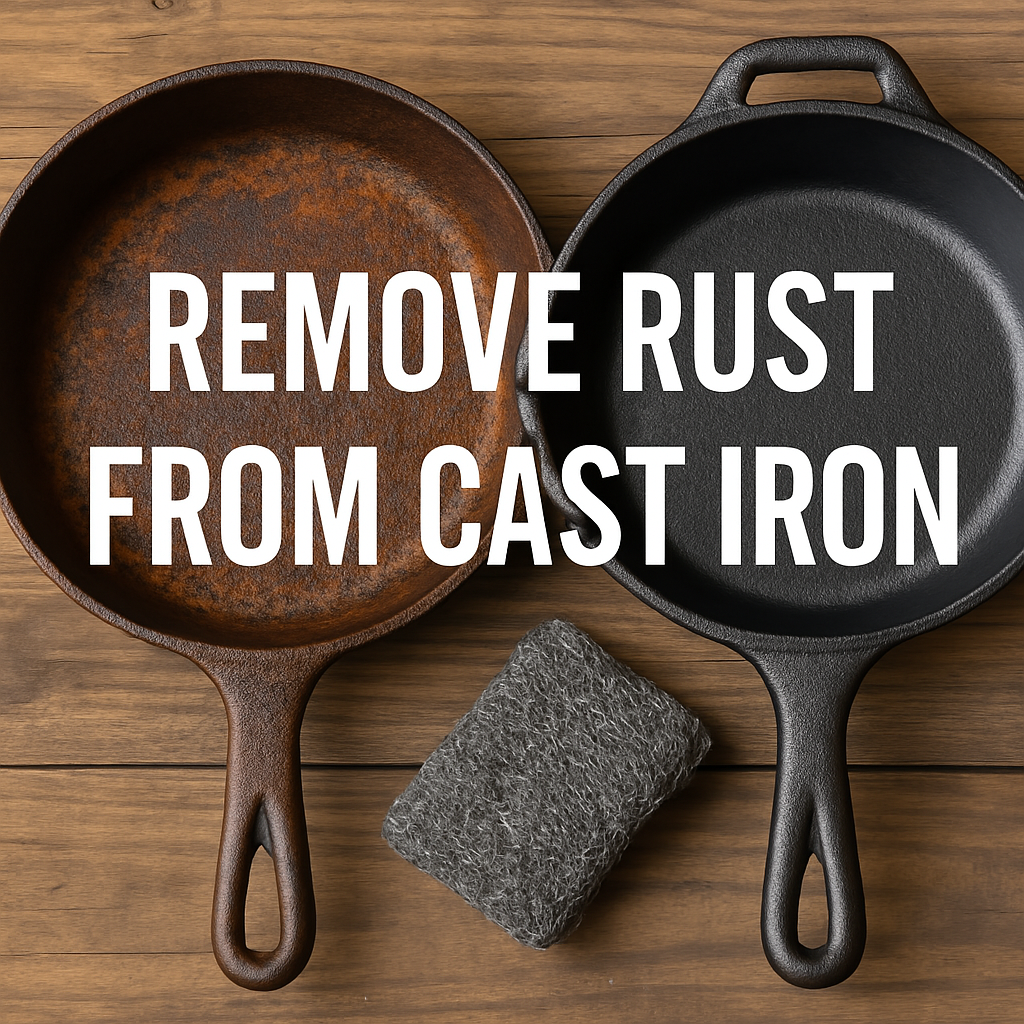
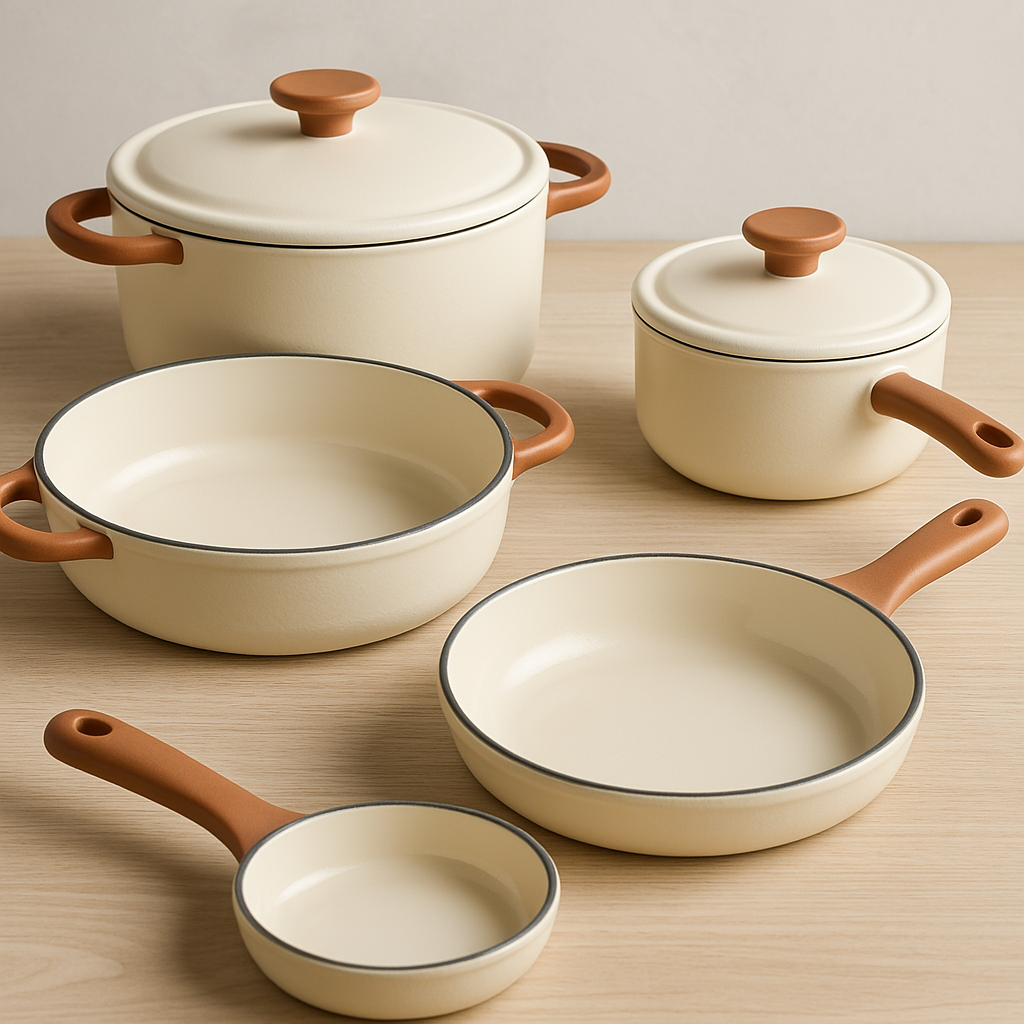
Leave a Reply